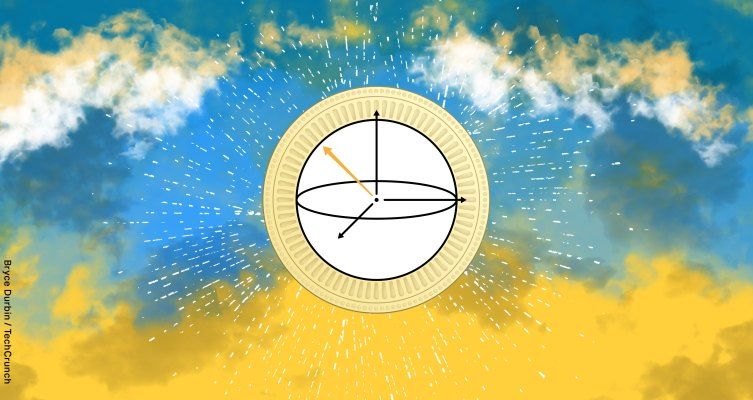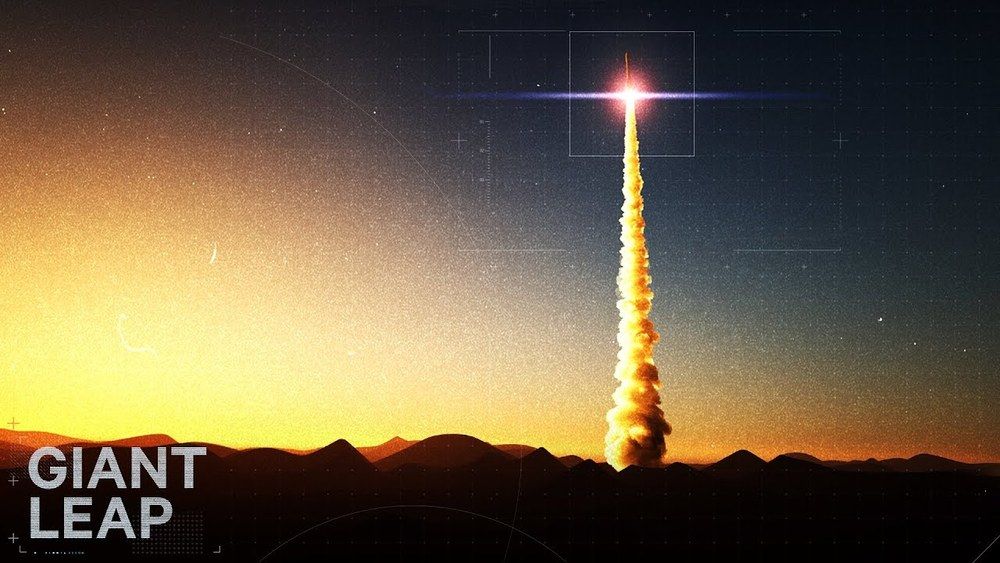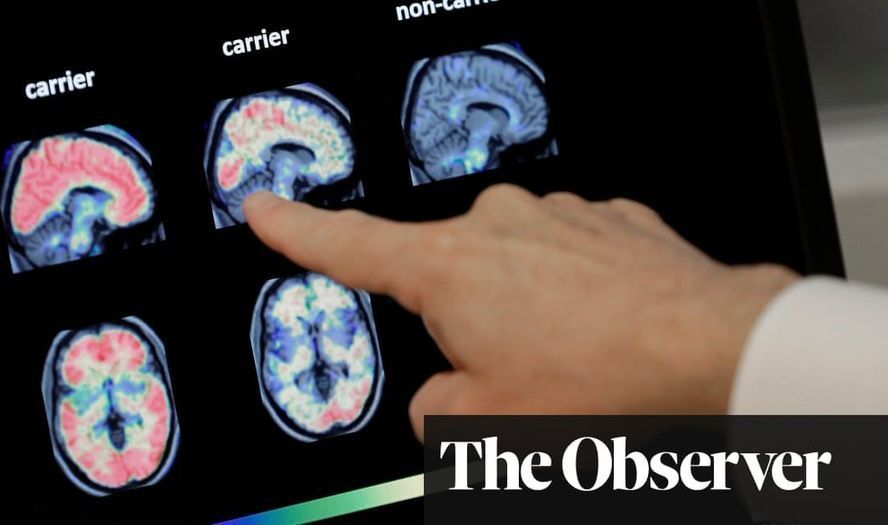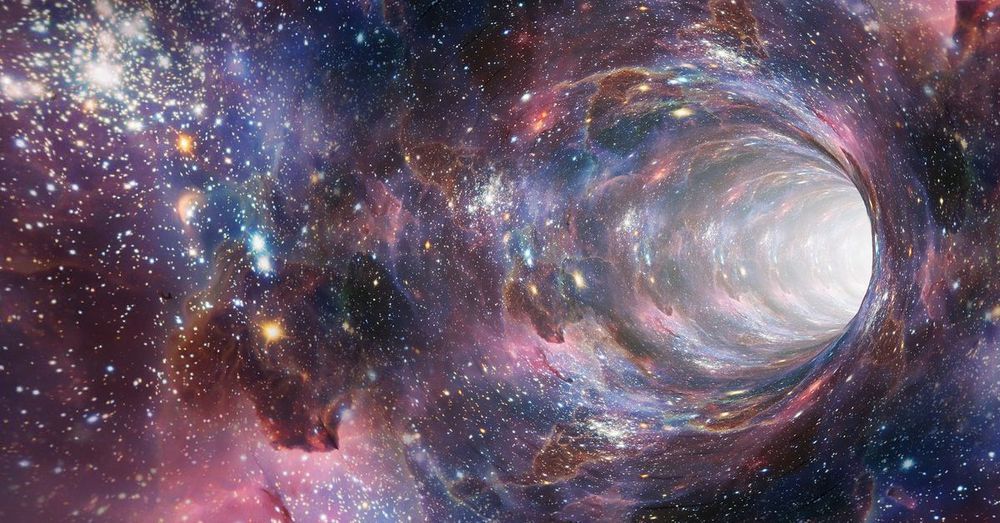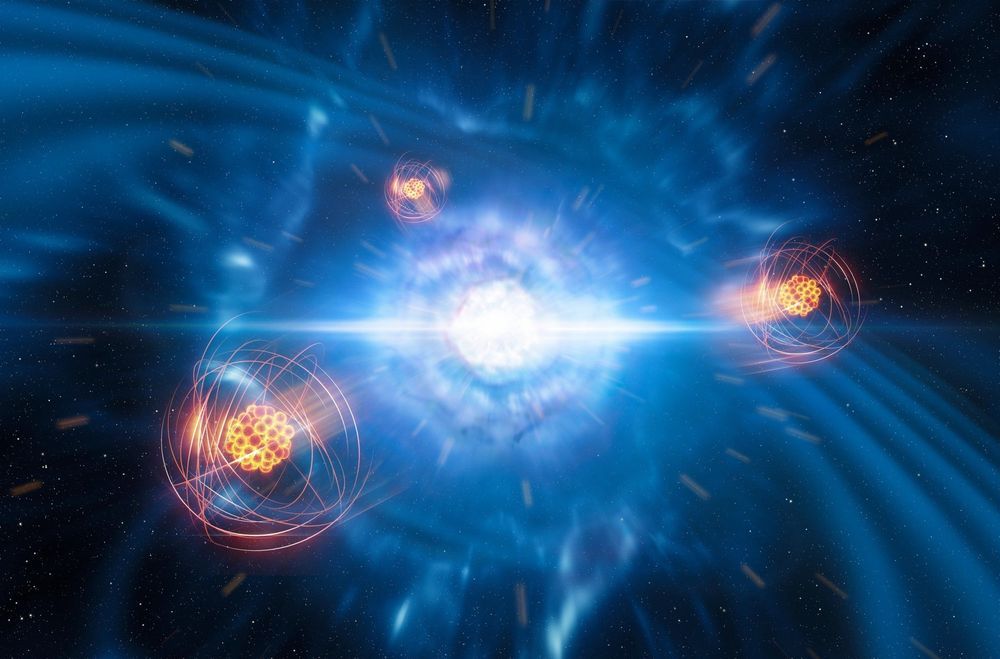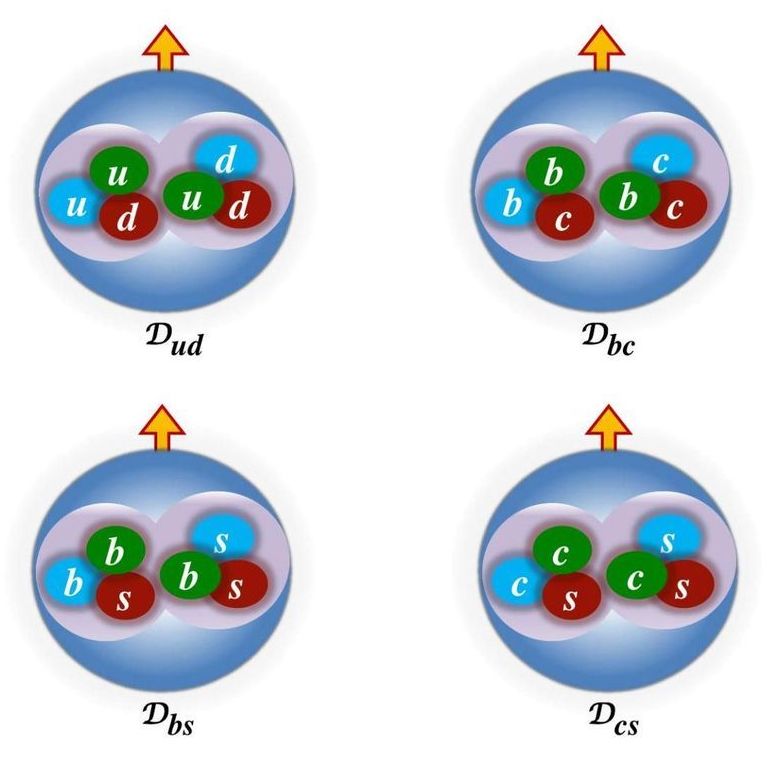Oct 27, 2019
Quantum computing’s ‘Hello World’ moment
Posted by Paul Battista in categories: computing, quantum physics
Does quantum computing really exist? It’s fitting that for decades this field has been haunted by the fundamental uncertainty of whether it would, eventually, prove to be a wild goose chase. But Google has collapsed this nagging superposition with research not just demonstrating what’s called “quantum supremacy,” but more importantly showing that this also is only the very beginning of what quantum computers will eventually be capable of.
This is by all indications an important point in computing, but it is also very esoteric and technical in many ways. Consider, however, that in the 60s, the decision to build computers with electronic transistors must have seemed rather an esoteric point as well. Yet that was in a way the catalyst for the entire Information Age.
Most of us were not lucky enough to be involved with that decision or to understand why it was important at the time. We are lucky enough to be here now — but understanding takes a bit of explanation. The best place to start is perhaps with computing and physics pioneers Alan Turing and Richard Feynman.
